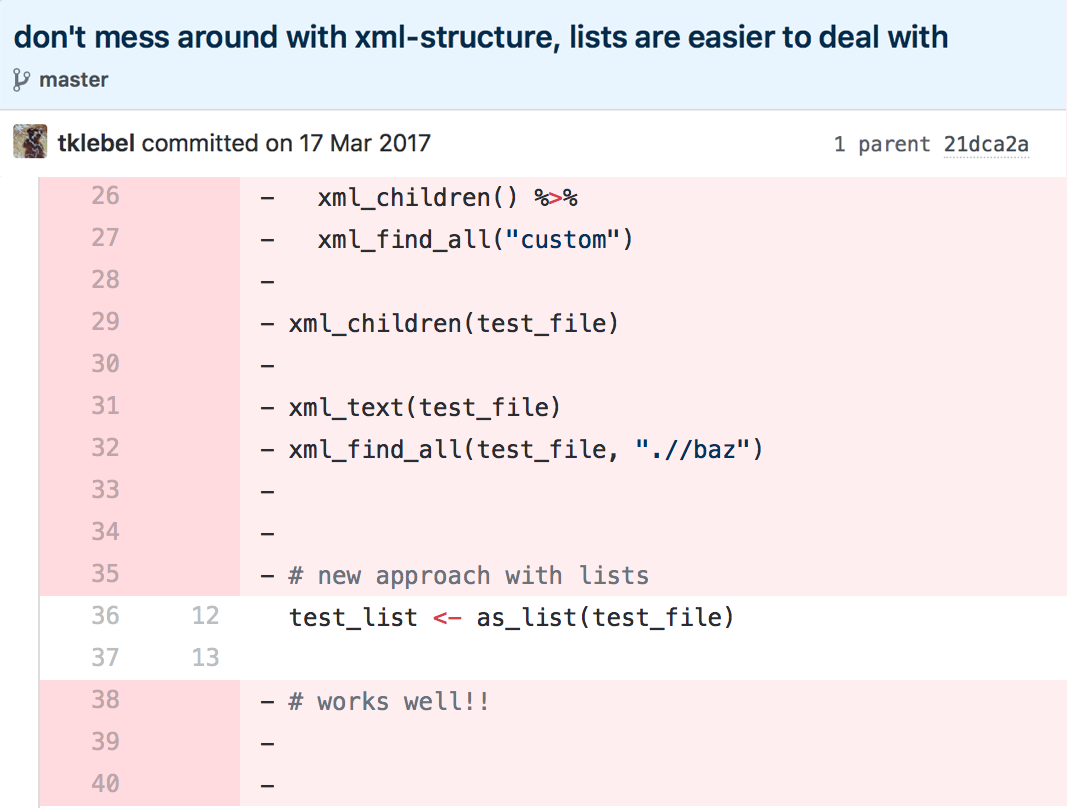
rOpenSci’s software engineer / postdoc Jeroen Ooms will explain what images are, under the hood, and showcase several rOpenSci packages that form a modern toolkit for working with images in R, including opencv, av, tesseract, magick and pdftools. 🕘 Thursday, November 15, 2018, 10-11AM PST; 7-8PM CET (find your timezone) ☎️ Find all details for joining the call on our Community Calls page.Everyone is welcome. No RSVP needed.







